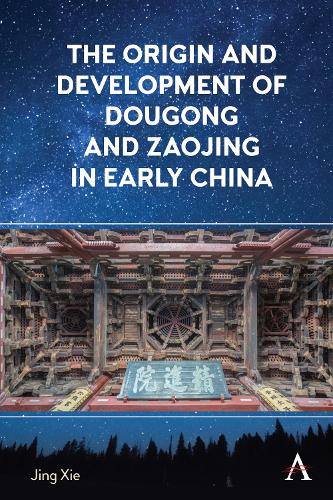
The Origin and Development of Dougong and Zaojing in Early China
(Paperback)
Publishing Details
The Origin and Development of Dougong and Zaojing in Early China
By (Author) Jing Xie
Anthem Press
Anthem Press
4th April 2023
United Kingdom
Classifications
Professional and Scholarly
Non Fiction
History of art
Asian history
720.95109014
Physical Properties
Paperback
138
Width 153mm, Height 229mm, Spine 26mm
454g
Description
This book focuses on two significant architectural elements in traditional Chinese buildings, that is, dougong and zaojing.
Dougong is a bracket set often sitting above columns and beams as a key component in the great buildings and tombs of imperial China. Variously translated as 'caisson,' 'cupola,' and 'lantern ceiling,' zaojing is a specially constructed coffered ceiling, often profusely decorated with carvings and colourful paintings in various motifs. The book inquiries about the origin of dougong and zaojing in Chinese Bronze Age, and their heavenly interpretations in the Han dynasty (206 BCE220).
Compared to their later technically oriented development during the Tang to the Qing dynasties (c. 6181912), and their preservation and innovative reinterpretation in modern times, the rich cultural meanings originally embodied in dougong and zaojing have almost disappeared.
Reviews
Multidisciplinary in approach and content, this book provides a succinct and visually striking presentation of dougong and zaojing, two iconic features of traditional Chinese architecture. Jing XIEs narrative and abundant visual material will be of great interest to undergraduate and graduate students who often struggle to fully understand their significance Ronald G. Knapp, SUNY Distinguished Professor, Emeritus, State University of New York, New Paltz
Author Bio
Jing Xie is an architectural historian with research interests in the architecture and urbanism ofChina. He is the author of Chinese Urbanism: Urban Form and Life in the Tang-Song Dynasties (2020) and Heritage-Led Urban Regeneration in China (2017, with Tim Heath).
